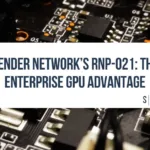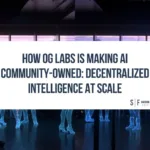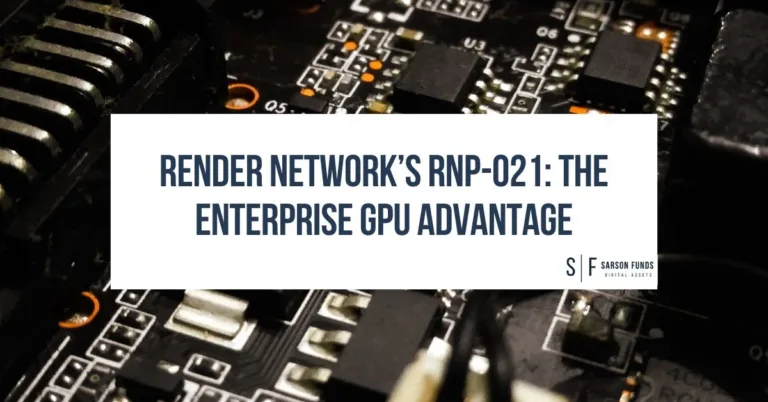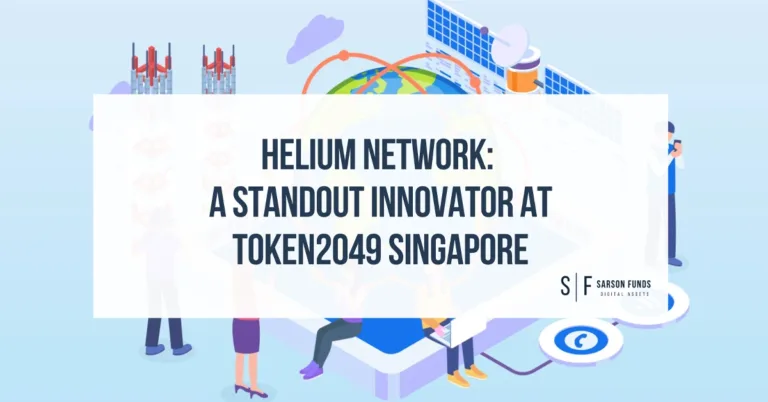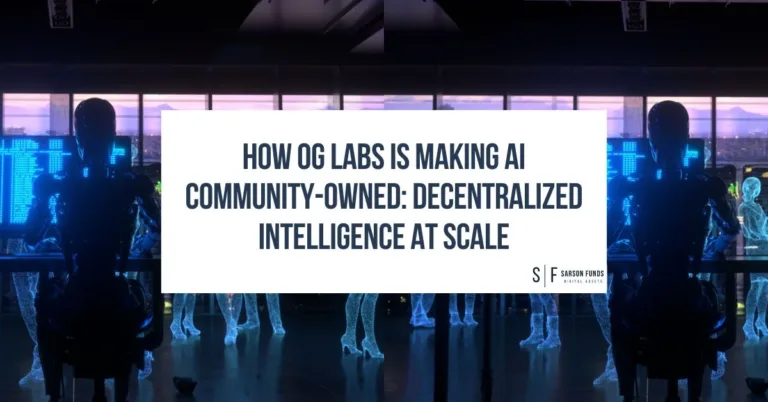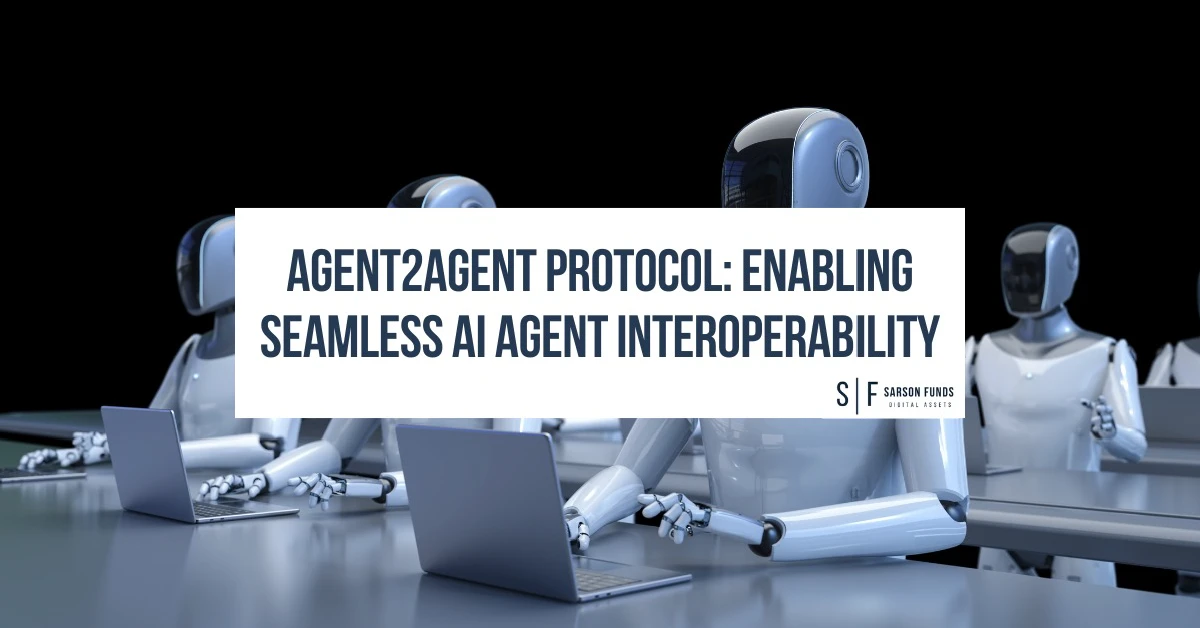
As AI agents become central to modern enterprise operations, their ability to autonomously manage workflows and support AI agent interoperability is reshaping how businesses operate. From IT service automation to customer support and logistics optimization, intelligent agents are delivering measurable efficiency gains. However, their full potential remains untapped primarily due to a lack of interoperability across systems and vendors.
The Agent2Agent (A2A) Protocol addresses this gap by standardizing how AI agents communicate, collaborate, and coordinate tasks in multi-agent ecosystems. With this open protocol, organizations can unlock new levels of automation, scalability, and intelligence regardless of the underlying technologies powering their agents.
Technical Foundations of the Agent2Agent Protocol
To achieve seamless interoperability, the A2A Protocol establishes standardized communication methods through clearly defined APIs, protocols, and middleware integrations. Specifically, it utilizes standardized RESTful APIs ensuring consistent message formatting, allowing agents from different platforms or frameworks to effectively interpret and respond to each other.
Additionally, integration with the Model Context Protocol (MCP), an open standard developed by Anthropic, facilitates structured interactions between AI agents and external tools or data sources. MCP operates on a client-server architecture, enabling agents to access resources like databases, APIs, or prompt templates through a unified interface. This approach ensures that agents can share a common context without requiring shared memory states. Google’s Agent Development Kit (ADK) supports MCP, providing developers with tools to build and consume MCP services, thereby enhancing agent interoperability. For more detailed information, refer to the MCP Tools documentation.
Tools like LangGraph and Crew.AI further support agent collaboration. LangGraph offers a graph-based framework for managing complex workflows, allowing for dynamic routing and feedback loops within multi-agent systems. Crew.AI provides a structure for orchestrating role-based AI agents, enabling them to collaborate effectively on tasks by assigning specific roles and responsibilities. These frameworks abstract the complexities of inter-agent communication, allowing developers to focus on building intelligent, cooperative agent behaviors.
Unlocking Agent Interoperability at Scale
Frictionless Agent Communication
The Agent2Agent Protocol introduces a unified standard for agent-to-agent messaging, enabling autonomous systems to interact in real time, regardless of vendor or framework. This addresses a critical blocker in current enterprise AI deployments: fragmentation and siloed automation.
Enterprise-Ready Integration
By streamlining how agents connect with enterprise infrastructure, A2A accelerates implementation across both legacy systems and modern cloud-native applications. Businesses can orchestrate complex, cross-functional workflows with agent-driven precision, all without needing to rebuild their tech stack.
Designed for Enterprise-Grade Performance
Purpose-built for operational scale, A2A supports agent discovery, dynamic task routing, secure multi-agent collaboration, and interface standardization. It is designed to meet enterprise requirements for uptime, data privacy, compliance, and secure role-based task execution.
Open Standards for the Future of AI Collaboration
The Agent2Agent Protocol and Model Context Protocol lay the groundwork for a new era of open, modular AI infrastructure. Rather than reinforcing silos, these standards encourage agent ecosystems that are flexible, interoperable, and vendor-neutral.
With growing adoption across platforms like Google ADK, LangGraph, and Crew.AI, the open-source community now plays a pivotal role in evolving these protocols to meet real-world demands. Organizations that embrace these standards will be better positioned to scale intelligent workflows, safeguard data sovereignty, and build collaborative AI systems for the long term.
Why Agent Interoperability Matters
As AI agents grow more capable, their value will depend less on isolated performance and more on their ability to collaborate across systems. Without a shared protocol, businesses risk creating silos of automation that are efficient individually but limited in scope. The Agent2Agent Protocol addresses this risk by providing a vendor-neutral foundation for scalable, composable intelligence. By enabling seamless coordination among agents, A2A supports enterprise goals around automation, resilience, and cost-effective growth.
Disclosures: Not investment advice. It should be assumed that Sarson Funds or its affiliated managers hold positions in all projects that are discussed. It is not possible to invest in any project directly through Sarson Funds, Inc. or its affiliated managers. Any investment product offered by managers affiliated with Sarson Funds should be assumed to be only available to Accredited Investors and subject to the individual terms and conditions of that offering including but not limited to those eligibility requirements associated with U.S. Securities Regulation D, section 506c. Talk with your financial advisor before making any investment decisions or have them contact Sarson Funds directly at [email protected].


